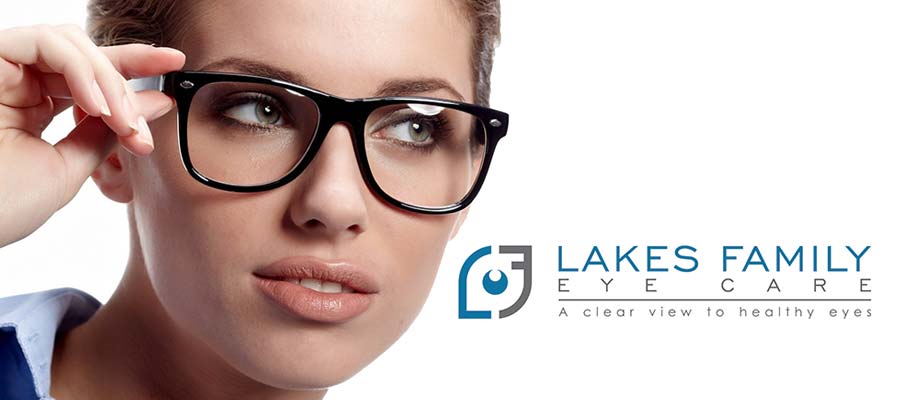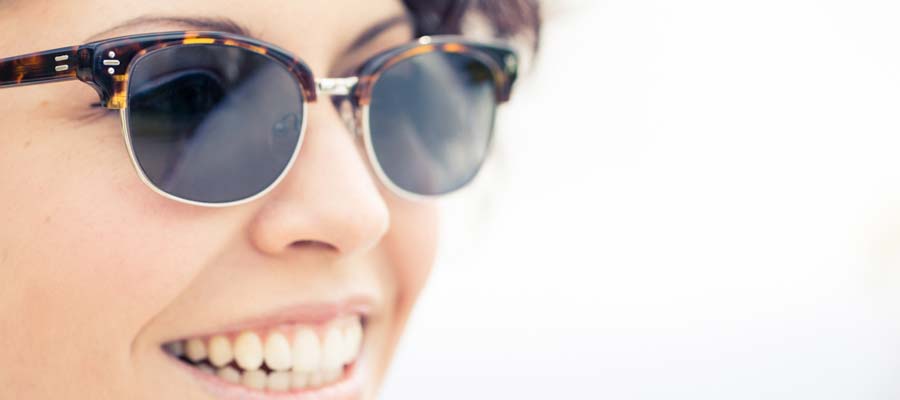Board Certified Optometrist Serving Fort Lauderdale Florida
Are you searching for a board certified eye doctor near Fort Lauderdale, FL? Dr. Maria Briceno Martin at Lakes Eyecare Center would like to to show what world class eye care is all about
Are you looking for a board certified optometrist in Fort Lauderdale, FL? If you are! There‘s a good chance that you will do what the majority of individuals in Fort Lauderdale do! Go to the internet in search of the best eye doctor in Fort Lauderdale. If you belong to this group it is imperative to highlight that many studies show that individuals searching for What Is An Ophthalmologist often end up with an inferior service than those whose ask for referrals from friends. This is because today the majority of Fort Lauderdale optometrist count on Search Engine Optimization companies to provide them with fake reviews. Something you can’t fake is experience and that is what Dr. Maria Briceno Martin at Lakes Eyecare Center bring to the table. Professional in both Miami-Dade and Broward come to see her because they expect getting nothing but the best a eye doctor near Fort Lauderdale, FL can offer! …and if you haven’t see your optometrist lately perhaps it is time you do so.
Should You Have An Eye Exam
If you wish to keep your eyes as healthy as possible, you will have to invest time and money in timely eye tests. Below, we shall go over some items that you must take into account when getting your eye exam; who to see, and when it must be done. Following are some points to consider.
- Individual Health History – Probably the most significant things that it is advisable to consider when you find yourself deciding whether or not to get an eye exam and what type of eye exam, will be your loved ones history. You must include your individual health history when you find yourself trying to figure out whether or not to have one because lots of eye conditions and diseases can be inherited through geneics. In case your family has a record of eye diseases, you happen to be at increased risk for one.
- Trouble Seeing – When you are experiencing difficulty seeing, whether it’s daytime or nighttime, you will have to get an eye exam done. In doing so, you will be able to figure out what is causing your eyesight to become blurry. This can be something that you must be taking very seriously since it could become worst if not treated.
- How Old You Are – The older you might be, the greater the chances you are going to have various eye issues that should be resolved.While more and more kids are finding their eyesight failing whether as a result of over use of mobile devices or another reason, you are generally going to need to go to the optometrist a lot more regularly as you get older. People who are between 18 and 60 needs to have no less than one eye text every 2 years. But, those that are 61 and older needs to have a yearly eye exam.
- Earlier Eye Injuries – Another huge point that you want to consider in relation to figuring out whether it is worth getting a test is if you have a past of eye injuries which could leave you susceptible to eye degeneration.
Who Could Examine You?
You can find different kinds of eye care pros that you could select from. Below, we shall be going through tips to finding out who you should see.
- Optometrists – He or She is normally who you should go to if you have relatively healthy eyesight and you just need simple corrections and adjustments such as spectacles, contacts, etc. He/She will probably be able to detecting eye diseases too, nevertheless they may not normally be trained or licensed to perform surgery.
- Ophthalmologists – These are generally medical doctors that specialize in particular eye care who are licensed and trained to perform eye surgery of a certain nature. They will also be more appropriate to deal with many types of eye diseases and conditions.
- Opticians – Opticians are not medical doctors. They may be eye care experts that are trained in fitting glasses.
Overall, there is a lot that you ought to be considering when you are wanting to have your eyes looked at. Ideally, you must get them checked out regularly and every so often. Should you be someone with a specific condition or maybe you are at higher risk for a particular worstening eye condition, you must increase your visits to be much more frequent. At the end of the day we only have one vision and it is imperative that we take care of it… For more information about the role of an eye doctor please, stop by at our blog where we debate thing like Glasses. And if you have not gone to see your Fort Lauderdale eye doctor lately contact us. We’ll like to show you why individuals who seek the best eye doctor in Fort Lauderdale don’t settle for less!


